The Chicago, Burlington & Quincy Railroad, commonly known as the Burlington Route, had many other Zephyrs. While not as prestigious as the Pioneer, Twin Cities, Mark Twain, Denver and California Zephyrs, these other streamlined trainsets and services, famously named after the Greek God of the West Wind, deserve a spotlight.
Sam Houston Zephyr
Fort Worth-Houston, Texas: The successful 1935 launch of the Twin Cities Zephyrs prompted an immediate reequipping with new, longer articulated trainsets. This resulted in the original Twin Zephyr No. 9901 being sent to Texas to begin a new service on Oct. 1, 1936, as the Sam Houston Zephyr. Sprinting along the competitive Fort Worth-Houston corridor against the Southern Pacific Railroad, this jointly operated service under the Burlington-Rock Island Railroad became the first diesel-electric streamliner in the Southwest.
Trainset No. 9901 would fly under the Sam Houston Zephyr name until Dec. 19, 1944, when a fire destroyed the three-car speedster. The service was then reequipped with EMD E5A No. 9909 Silver Bullet from the Silver Streak Zephyr, along with five conventional, streamlined cars. A drop in passenger patronage by the mid 1960s took a toll on the CB&Q, resulting in the Zephyr fleet at the time to be downgraded, combined, or discontinued. For the Sam Houston Zephyr, it became the latter in 1966.
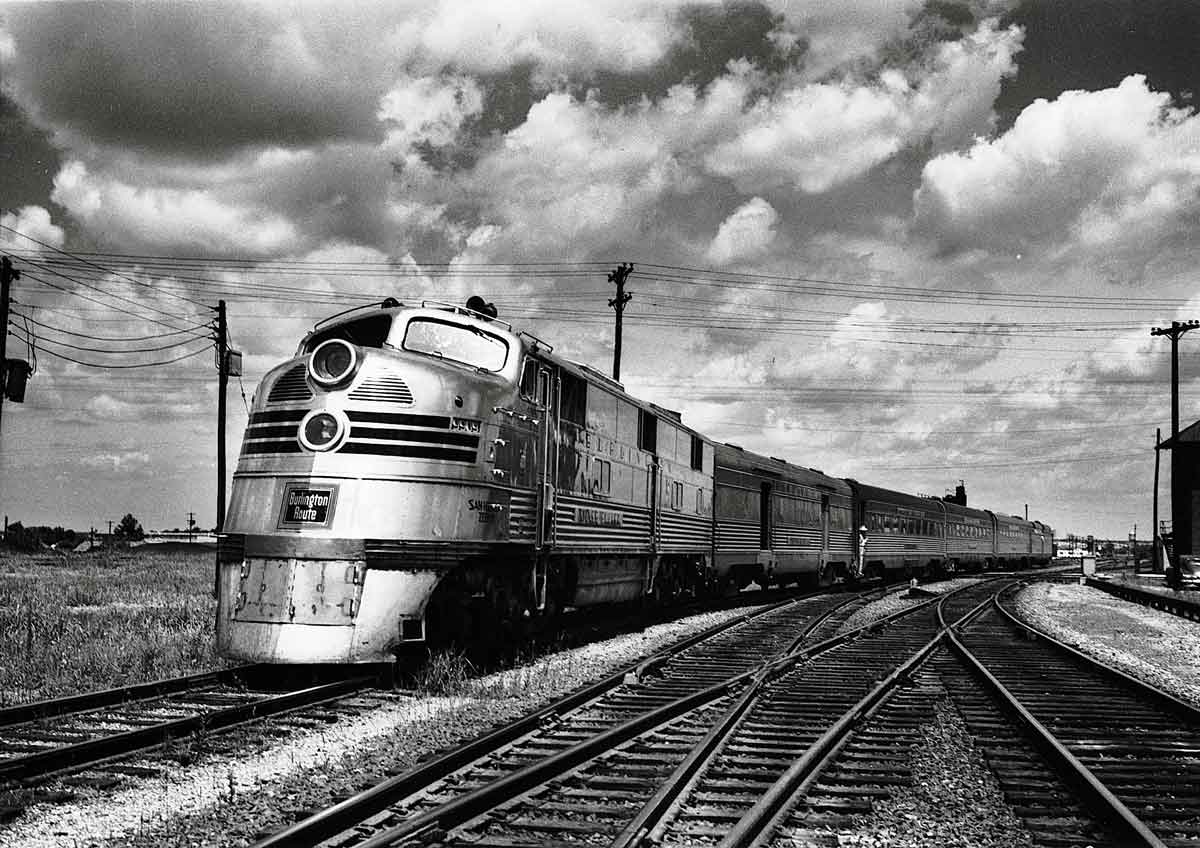
Ozark State and General Pershing Zephyrs
Kansas City, Mo.- St. Louis: A partnership between the Burlington Route and Alton Railroad was established on Dec. 20, 1936, for a direct connection between St. Louis and Kansas City. Though a joint operation, it was a pure Zephyr service with trainset No. 9902 (also from the original 1935 Twin Cities Zephyrs) reassigned to launch the Ozark State Zephyr. No. 9903 Mark Twain Zephyr would join the three-car, articulated set in September 1938, ultimately replacing it when the General Pershing Zephyr arrived as a new running mate. This 1939-built train would ultimately replace the Ozark State name, fully take over the route, and ultimately become a pivot in Zephyr design for the CB&Q.
Beginning service on April 30, 1939, the General Pershing Zephyr’s power unit and passenger cars each rode on two trucks with disc brakes, and were connected by standard couplers, eliminating the prior articulation design. Power unit No. 9908 Silver Charger became the last shovel-nose Zephyr built for the railroad. The train would see an immediate expansion to Lincoln Neb., for a Pullman sleeper connection with the Chicago-San Francisco Exposition Flyer. Despite initial success, the General Pershing Zephyr was discontinued with the United States entry into World War II, scattering the consist. Both Silver Charger and observation car Silver Star survive today, residing at the Museum of Transportation outside of St. Louis and Australia, respectively.
Silver Streak Zephyr
Lincoln-Omaha, Neb.-Kansas City: The CB&Q saw a wave of new Zephyrs pressed into service in 1940, beginning with the Silver Streak Zephyr. Inaugurated on April 15, the five-car train supplanted the Pioneer Zephyr on the Lincoln-Kansas City route. The shovel-nose design from the original Zephyr was now becoming a thing of the past as the Silver Streak Zephyr introduced the slant-nose diesel locomotive No. 9909 Silver Bullet. The 2,000-horsepower E5A became the railroad’s first passenger locomotive of the iconic E series by the Electro-Motive Corp.
Continuing the trended started by the General Pershing, the Silver Streak became the second Zephyr not to be articulated. This flexibility ultimately led to the original trainset briefly remaining intact. The locomotive and cars were reassigned over the years while the consist itself grew and withered. Yet the service under the Silver Streak Zephyr banner remained until discontinuation in 1959. Looking back, this Zephyr helped bridge the gap to the era of slant-nose diesels and conventional passenger cars for the Burlington Route.
Texas Zephyr
Denver-Dallas: The next Zephyr on the docket in 1940 focused on Burlington’s subsidiaries between Denver and Dallas – the Colorado & Southern Railway and the Fort Worth & Denver City Railway. The Texas Zephyr was inaugurated on Aug. 23 as an overnight train with equipment built specially for the subsidiary railroads. However, heavyweight Pullman cars were included with significant upgrades and repainted in silver to match Budd’s stainless-steel cars.
The equipment on this streamliner remained the same until 1957 when the Denver Zephyr was reequipped. The original, partially articulated trainsets from the DZ’s 1936 launch were then reassigned to the Texas Zephyr, though cars became discarded over time. In what became full circle, the 1936-built set was retired in January 1965, and conventional cars returned to the Texas Zephyr. The service itself came to an end on Sept. 10, 1967.
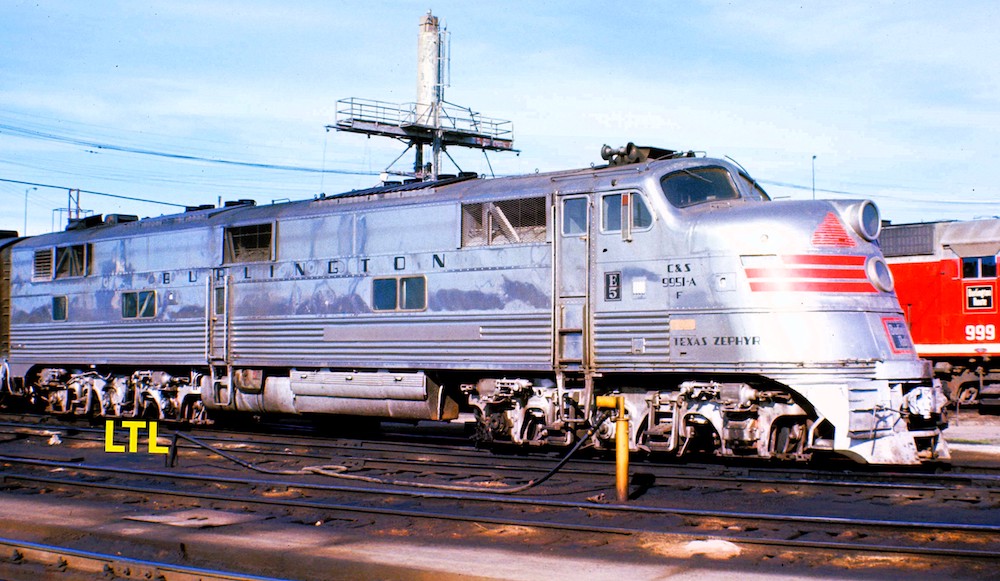
Ak-Sar-Ben and Nebraska Zephyrs
Chicago-Lincoln: Despite little fanfare throughout its career, the Ak-Sar-Ben Zephyr (Nebraska spelled backward) was a case of early demise yet brief revival. When inaugurated on Dec. 11, 1940, it was an eastbound-only service from Lincoln to Chicago during the daytime with the Advance Flyer handling the westbound run. Both trains were replaced by the Nebraska Zephyr in 1947, but the Ak-Sar-Ben Zephyr name returned in 1953 for overnight runs along the same route. By the late 1960s, sleeper accommodations faded and so did the service at the hands of the CB&Q’s successor, Burlington Northern.
When inaugurated on Nov.16, 1947, the Nebraska Zephyr became the first postwar Zephyr launched. Articulated trainsets Nos. 9904 and 9905, built in 1936 to reequip the Twin Cities Zephyrs, were reassigned for the daytime sprint. As patronage dwindled by the 1960s, so did two cars from each set while also being combined with other Zephyrs to stay on life support. The Nebraska Zephyr service was discontinued in 1968 with No. 9904 “Train of the Goddesses” eventually being preserved at the Illinois Railway Museum while No. 9905 “Train of the Gods” relocated to Saudi Arabia.
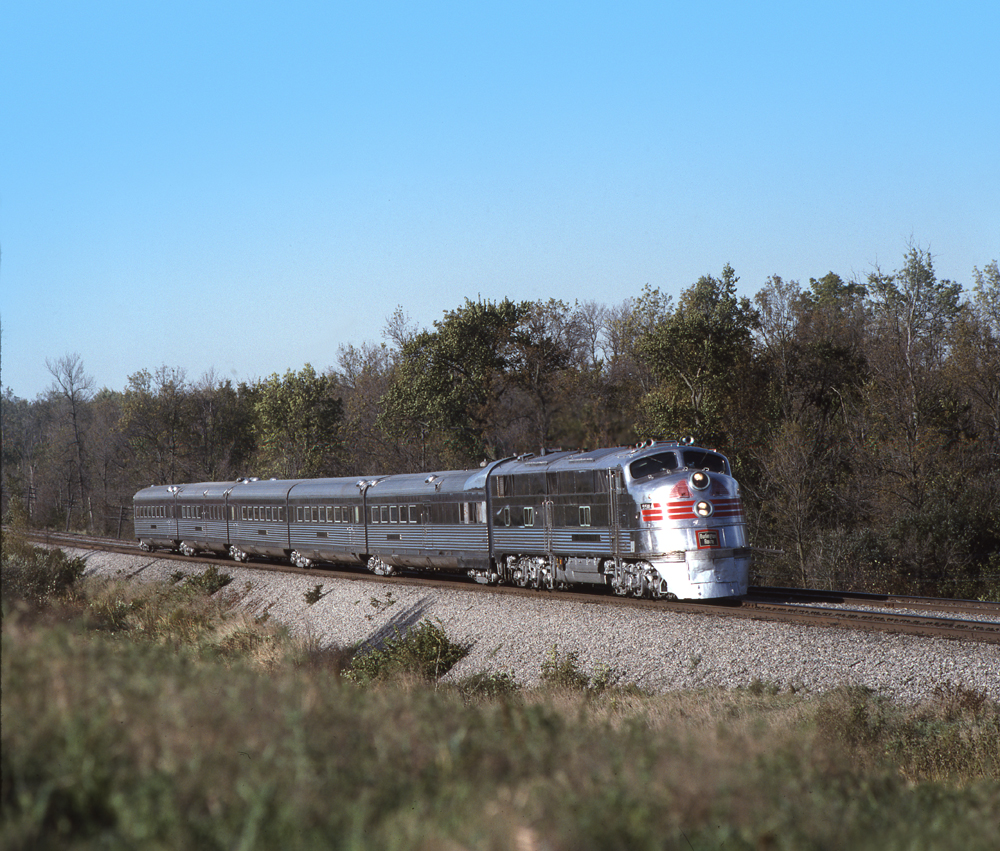
Zephyr-Rocket
St. Louis-Minneapolis: Eyes on a direct, overnight connection between Minneapolis and St. Louis called for a partnership between the Burlington Route and Rock Island. Launched on January 7, 1941, the Zephyr-Rocket broke tradition from being a pure Zephyr service on co-operated railroads. The consist became a mix of conventional coaches and sleepers from both railroads – streamlined and modern heavyweight.
Each road had provided its own motive power for their designated operations. The exchange would take place in Burlington, Iowa, with the Rock Island covering 365.6 miles to the Twin Cities, and the CB&Q’s 221 miles to St. Louis. By the time the service was discontinued in April 1967, the Zephyr-Rocket had already lost its name and was coach only.
Kansas City and American Royal Zephyrs
Chicago-St. Joseph, Mo.-Kansas City: The “Kansas City Short-Cut” was the Burlington’s solution in shortening its Chicago-Kansas City main line for better competition against the Atchison, Topeka and Santa Fe Railway. Bypassing multiple curves and steep grades of the older main line that operated via Cameron Junction, Mo., 48.5 miles of new track was constructed along with 21.5 miles of secondary and branch lines rehabilitated. A shorter route meant a faster service, and what better way for the railroad to show it off was a new Zephyr… Or two.
Inaugurated on Feb. 1, 1953, the Kansas City and American Royal Zephyrs handled the daytime and overnight runs, respectively. The CB&Q attempted to pull out all the stops, much like it did with the California Zephyr in high-end equipment and strong publicity. Yet both trains never lived up to the expectation and arguably became the least-successful Zephyrs of their time. Despite the rejuvenated route, the Santa Fe continued to come out on top along the Chicago-Kansas City corridor, while automobiles and air travel were already seen as a threat. The American Royal Zephyr was discontinued in 1967, and the Kansas City Zephyr became a nameless coach train by 1969, traveling only from Chicago to West Quincy, Mo.
Learn more about all the Burlington’s Zephyrs with our special issue.






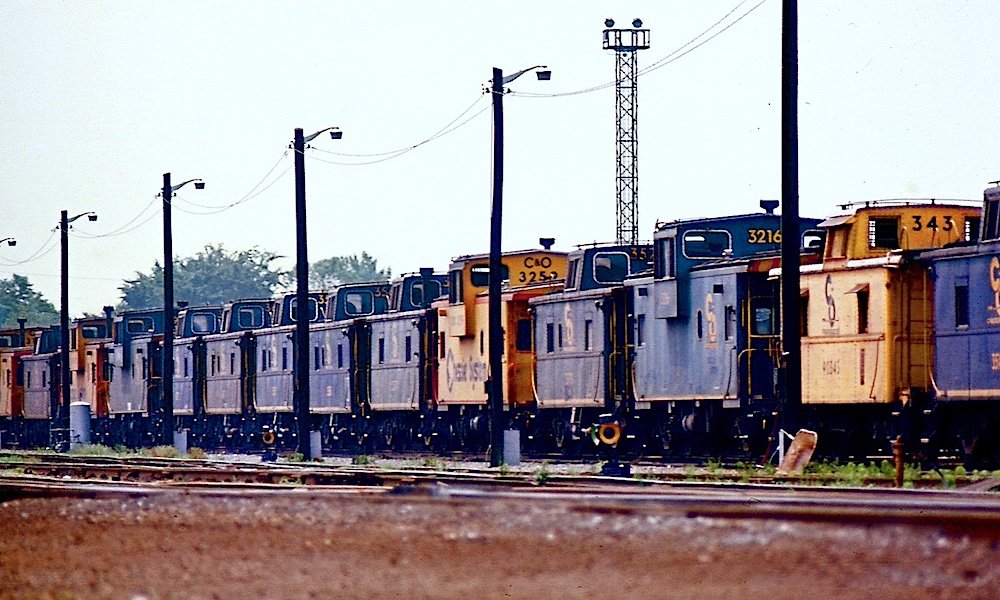
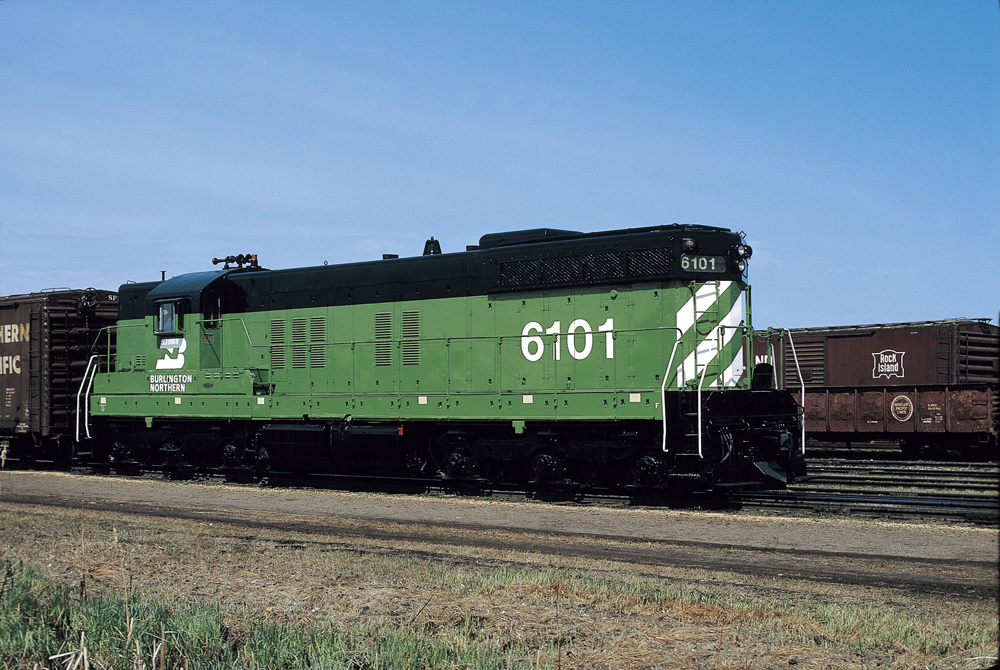
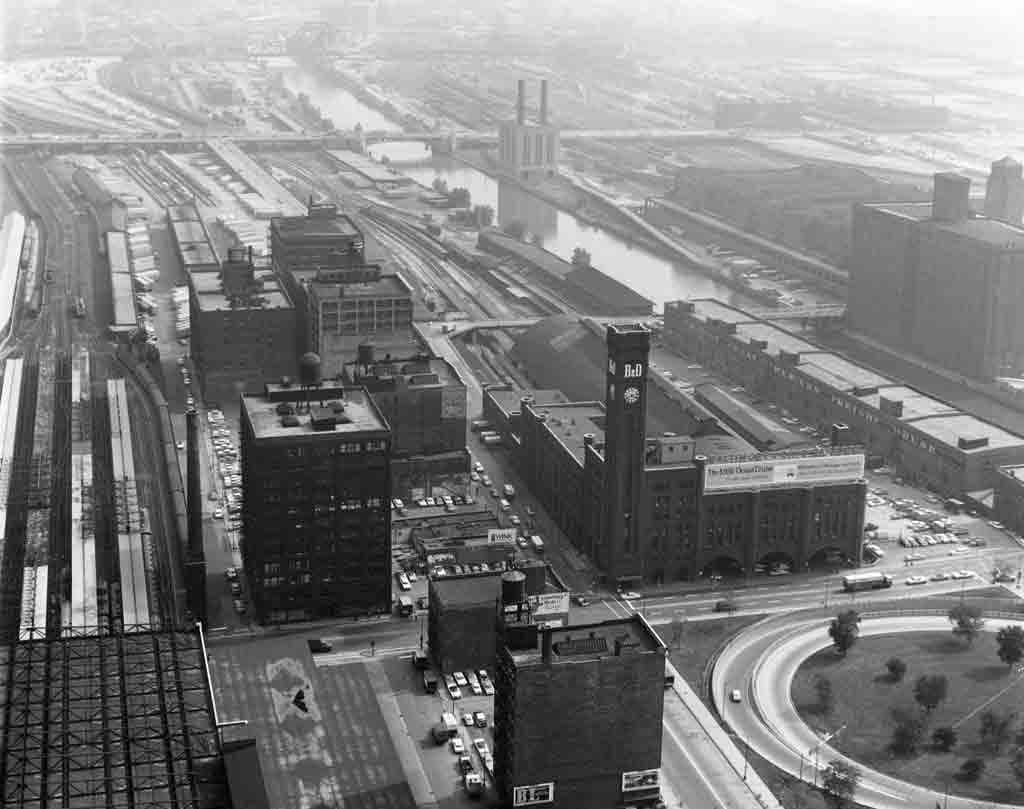
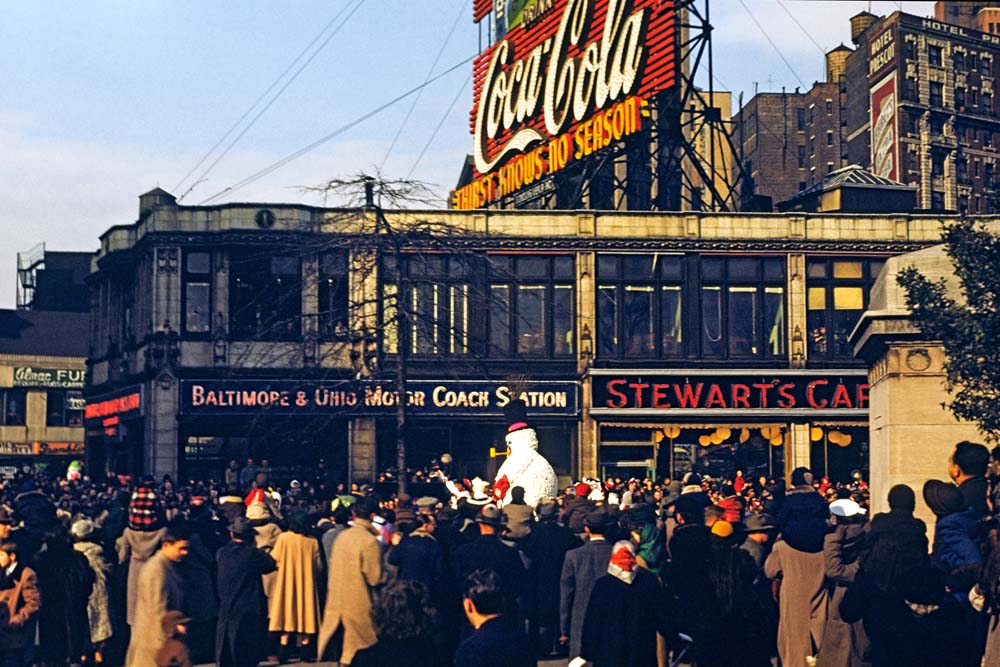



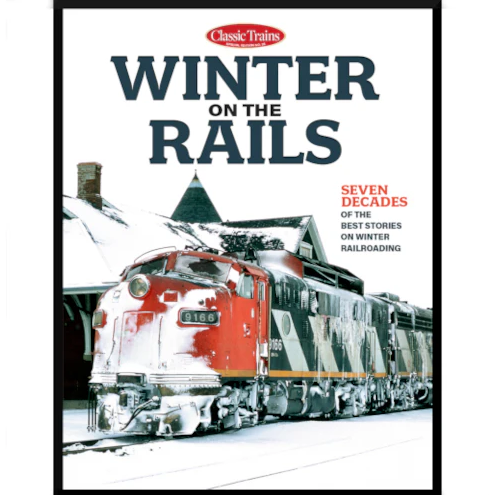
Some more thoughts. The Kansas City Zephyr had been combined with the Nebraska Zephyr between Chicago and Galesburg in 1962 and was discontinued west of West Quincy in 1968. But the Chicago-West Quincy train actually lasted a week beyond May 1, 1971, thanks to a court order. The American Royal was nameless in its last months. It and Nos. 35 and 36, the nameless Silver Streak Zephyr remnant from Omaha, terminated at North Kansas City starting in the spring of 1970, lasting until Amtrak. The General Pershing Zephyr was replaced with a conventional train during the war but was restored between St. Louis and Kansas City on May 26, 1946. It was discontinued Sept. 8. 1948.
The American Royal and Ak-Sar-Ben had lost their Zephyr names by 1969 but continued as coach-only trains into the BN era. The American Royal lasted until Amtrak, the Ak-Sar-Ben until August 1970. The Nebraska Zephyr’s articulated consists were replaced with regular pool equipment in January 1968 and it was cut back from Lincoln to Omaha in January 1969. The name was dropped later that year, but Nos. 11 and 12 continued in service until Amtrak. Starting in March 1970 it carried the four cars for the replacement California Zephyr service, run as triweekly Nos. 15 and 16 from Omaha to Denver.